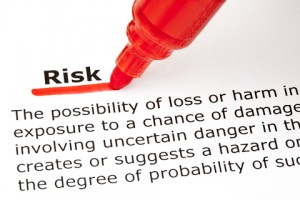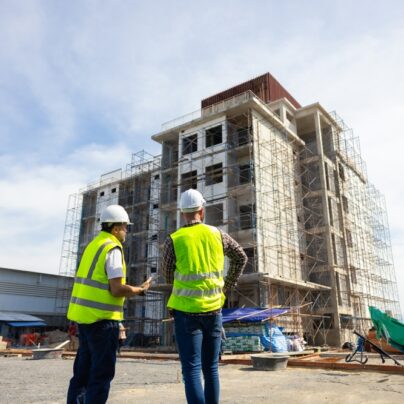 Value Risk Assessment
Value Risk Assessment
The UK sees 170 fatal injuries at work every year, according to the Health and Safety Executive (HSE).
With over 100,000 injuries. And that’s just the reported ones!
None of us want to be a part of these statistics. But are you taking the right health and safety risk assessment to avoid them?
Don’t be like too many business owners and only take things seriously once an accident has already happened. It could be like closing the barn door after the horse has bolted; just too late.
The Big 6 Blunders
Most of those 100,000 injuries were preventable with tighter care and preparation. And most were caused by one of these common risk assessment blunders. Once you know them, and avoid them, you’ll be many times safer. And so will your employees.
1. Blunder One: No Risk Assessment!
Ok, obvious we know. But so common it has to be mentioned. Your very first step is to begin.
2. Not Properly Identifying the Hazards
When assessments are carried out, for the various reasons below they often don’t properly identify and mitigate the threats on your site or workplace. To help spot them, here are ten of the biggest culprits:
- Dangerous work at height without safety precautions
- Badly placed or badly used ladders
- Exposure to asbestos fibres
- Power tools have inadequate safety guards
- Vibrating power tools are used too often; leading to hand-arm vibration syndrome
- Exposure to toxic fumes, most commonly from paint
- Silica dust clouds created and breathed in
- Workplace transport ill-organised and dangerous
- Unhygienic welfare conditions
- Fire and electricity hazards
3. Creating an Inadequate Risk Assessment
Make sure you don’t rush the job. The health of your workers may well one day depend on it. As guided by the HSE, your assessment needs you to:
- Identify what can harm people in your workplace;
- Identify who might be harmed and how;
- Evaluate the risks and decide on the appropriate controls, taking into account the controls you already have in place;
- Record your risk assessment;
- And review and update your assessment nice and regularly.
When you’ve done all this, good job but don’t stop there! Watch out for big blunder number four;
4. Assuming Safety Because You Have a Document
The documenting of risks is just the first step. Many business owners relax into a false sense of security once a document lies on their desktop.
But it’s not the time to get comfy; it’s only the first step.
Those potential workplace threats you found have to be diligently removed or mitigated with solid safety precautions. And this will be greatly helped if you don’t do blunder five too;
5. Not Involving Your Employees
Your people are the ones to benefit most from the assessment, being the ones at risk of accident. Don’t feel like this whole process is purely some admin thing to be kept away from them.
Ask your employees what they think. Involve them every step of the way, and they will actively help you to mitigate the risks later. Or at least they’ll be much more accepting to any rules and procedures you enforce for safety.
And last common blunder, but certainly not least;
6. Assessing Risk Generically; Not Specific to Your Workplace
Involving your employees will also help you to avoid this one. Make sure the workplace risk assessment is very carefully targeted to your site and workplace.
The more relevant it is, the more effective and easy to adopt it will be.
And the more likely you’ll be to stay out of those shocking UK injury charts!
Now it’s Your Turn
How did you find your workplace risk assessments? Think we’ve missed anything essential off our list?
Let us know what you think in the comment box below!
And if you have any specific queries about risk assessment, we’re always happy to talk.

A chartered (fellow) safety and risk management practitioner with 20+ years of experience. David provides a healthy dose of how-to articles, advice and guidance to make compliance easier for construction professionals, Architects and the built environment. Get social with David on Twitter and Linkedin.




5 Comments
Fascinating and informative article highlighting the many pitfalls of becoming blasé about Risk Assessment and Hazard Identification
With your permission I would like to use this with my trade students in the electrical trades in Australia.
Thank you.
Your points on Safety Risk Assessment, identification of hazards, not involving employees, are all valid. One of the issues I find, is a lot of the safety advisors have attained a NEBOSH, but generally have no back-ground in the industry they are now working in.
I totally agree Robert, practical experience and a understanding on the processes required for the industry involved are key.
Hi David, thanks for your sharing of these 6 important lessons to be learnt! BR., Jonathan
Pleased you enjoyed reading them. Thanks for dropping by.